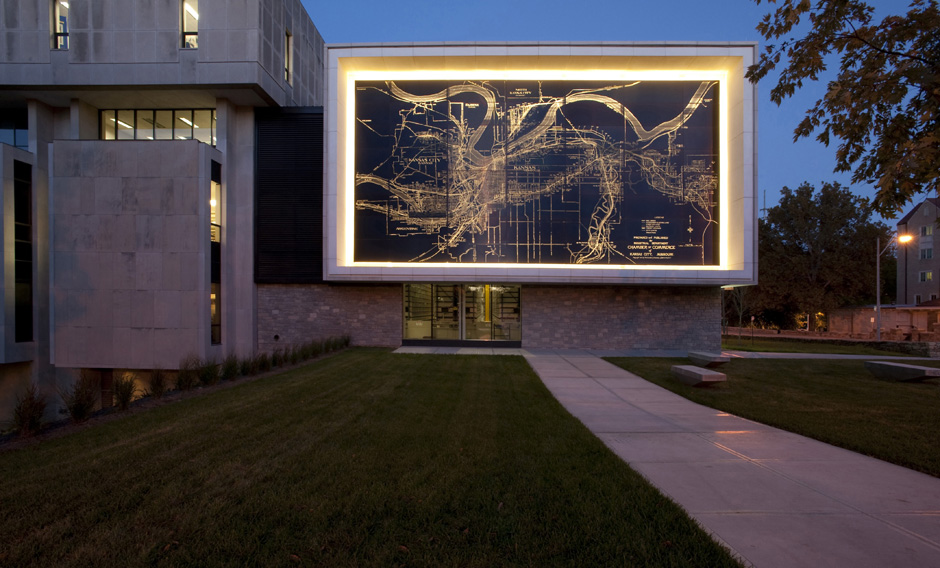
Technology and big data go hand-in-hand and Boston-based firm Sasaki is one of the firms leading the way. Sasaki’s work touches on economic activity, master planning, urban regeneration, and resiliency. Big data is crucial for such work.
Brad Barnett is a director of strategies at Sasaki. Within this position, his role includes city planning, designing, and data visualization as well as engaging designers with people that he described to The Architect’s Newspaper (AN) as being “from the pure technology side.”
“Cities so far have been inert objects,” said Barnett. “They are built to be offices and dwellings. We are looking at them being multi-layered.” Barnett continued to explain how society is evolving to cater to technology at varying levels. Sensors can help you park your car, but they can also be used to monitor pedestrian flow within the built environment. The latter is being looked into by Sasaki with traffic signals that can analyze car traffic in Boston.
An example of big data in use can be seen with Sasaki’s work in the city of Houston where Sasaki is using data from Yelp! to aid the city’s understanding the downtown districts. “This can help them understand which areas are in demand during the day and night and why: for shopping, eating, being entertained etc. This can help us look at what time of day people need access to certain amenities.”
Another incidence of this approach being used is evident in Sasaki’s plan for New Bedford, a New England town with a working waterfront. By analyzing pedestrian circulation, Sasaki was able to pinpoint areas for potential economic development using data visualization cartographically in the process. Further coverage by AN of that scheme can be seen here.

The ASRS at the University of Missouri–Kansas City Miller Nichols Library. (Courtesy Sasaki)
Technology integration, meanwhile, can be found at the University of Missouri–Kansas City Miller Nichols Library, another project on which the Boston-based firm worked. Here, a dense central core of book stacks was moved to a new wing that housed an Automatic Storage and Retrieval System (ASRS). Subsequently, the reduction in square footage (usually required by traditional book stacks) minimized site disturbance and preserved green space. Energy loads for lighting, temperature, and humidity are all reduced in the ASRS compared to the requirements of spaces that integrate shelving with populated study space.
Sasaki described the original Miller Nichols Library as a “fortress-like structure typical of the Brutalist architectural style of the 1960s.” Retrofitting is an emerging topic in architecture discourse as typologies become redundant in certain respects and new technology comes around.

The University of Missouri–Kansas City Miller Nichols Library. (Courtesy Sasaki)
At AN’s upcoming Facades+ conference in Boston, this topic will be addressed in a panel on modernist performance retrofitting. Another panel, meanwhile, will look at how urban data is informing facade design. Barnett will be on hand at the event to act as a panel moderator.
The event’s co-chair is Senior Associate at Sasaki, Brad Prestbo. Prestbo is also a co-founder of MakeTank!, an upcoming program at the Boston Society of Architects (BSA) that looks how technology is changing the way architects make and build. MakeTank! aims to engage makers throughout New England and aims to serve architecture studios that do not have access to such [technological] facilities. “It is a group devoted to exploring the frontiers of fabrication and design,” Prestbo told AN.
To find out more about the Facades+ Boston conference and register, visit facadesplus.com. Seating is limited.
